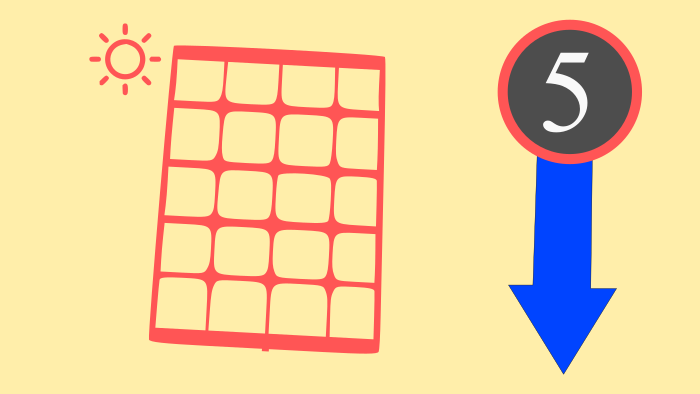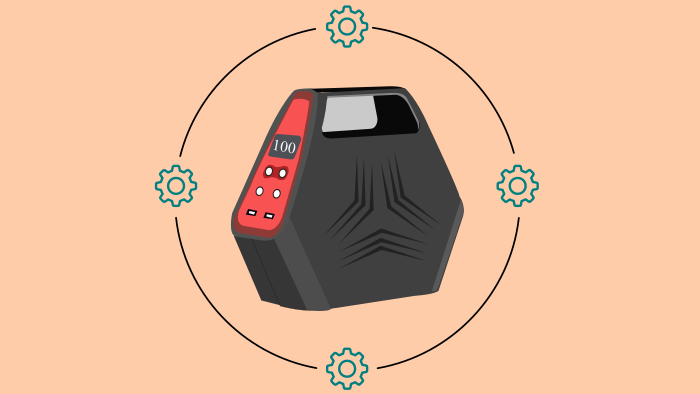A parallel kit is used to combine two or more generators to double the power output. Using a parallel kit to combine two generators is a cost-effective way to double your power output instead of buying a bigger generator.
Parallel kit works by synchronizing the voltage and frequency of multiple generators so they can work together and produce more power than a single generator. It consists of cables, a control box, and outlets.
Further, this article discusses the synchronisation of generators, components of parallel kits, and why are generators always connected in parallel instead of series.
Synchronization
When multiple generators are connected in parallel, it is important to synchronize their voltage and frequency in order to ensure that they operate properly and safely. Synchronization involves matching the voltage and frequency of the generators to each other and to the power grid.
Here are the steps typically involved in synchronizing the voltage and frequency of multiple generators:
Check the generator specifications
Before connecting the generators in parallel, it is important to check their specifications and ensure that they are compatible with each other.
Adjust the voltage
Once the generators are connected, the voltage output of each generator should be adjusted to match the voltage of the power grid.
Adjust the frequency
The frequency of each generator must also be adjusted to match the frequency of the power grid. This is typically done by adjusting the speed of the generators.
Check the phase sequence
The phase sequence of the generators must be checked to ensure that they are in the correct sequence. This is important to prevent damage to the generators and other equipment.
Connect the generators to the power grid
Once the voltage, frequency, and phase sequence have been adjusted and checked, the generators can be connected to the power grid.
Monitor the synchronization
Once the generators are connected to the power grid, the synchronization must be monitored to ensure that the voltage and frequency remain matched. Any changes in the synchronization can be corrected using automatic synchronizing equipment.
Components of the parallel kit
A parallel kit for generators typically includes parallel cables, a parallel control box, a voltage regulator, circuit breakers, and power outlets.
Parallel Cables
These are the cables that connect the generators together. They allow the generators to share power and synchronise their output.
Parallel Control Box
This box acts as the brain of the system, coordinating the output of each generator and ensuring that they work together properly. It monitors the voltage and frequency of each generator and adjusts them as needed.
Voltage Regulator
This device regulates the voltage of the generators so that they produce a stable and consistent output.
Circuit Breakers
These are safety devices that protect the generators and the electrical equipment being powered by them from overloads and short circuits.
Power Outlets
These are the outlets that provide power to the electrical equipment. They are usually standard 120V or 240V outlets.
Why Parallel Not Series
Connecting generators in parallel provides increased power output, flexibility, and redundancy, making it a preferred method for many power generation systems.
Conclusion
Parallel kit works by synchronizing the voltage and frequency of multiple generators so they can work together and produce more power than a single generator. Synchronizing the voltage and frequency of multiple generators is critical to ensure that they operate safely and efficiently.
A parallel kit for generators typically includes parallel cables, a parallel control box, a voltage regulator, circuit breakers, and power outlets. Generators always connected in parallel provide increased power output, flexibility, and redundancy, making it a preferred method for many power generation systems.


